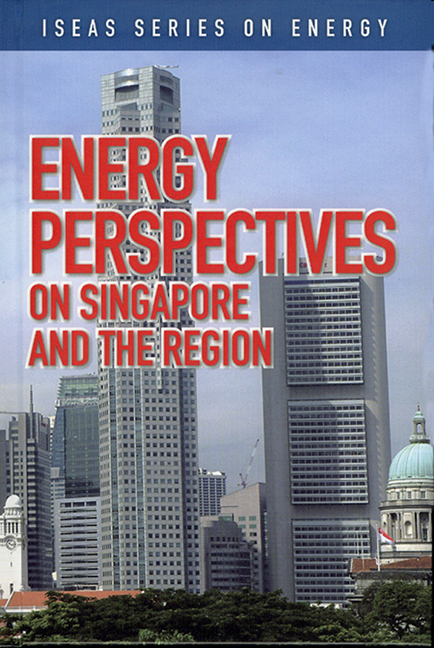Book contents
- Frontmatter
- Contents
- Foreword
- Preface
- The Contributors
- 1 Overview of Singapore's Energy Situation
- 2 Singapore's Changing Landscapes in Energy
- 3 Singapore's Role as a Key Oil Trading Centre in Asia
- 4 Large-Scale Solar PV Power Generation in Urban High-Rise Buildings in Singapore
- 5 The High-Carbon Story of Urban Development in Southeast Asia
- 6 Renewable Energy and the Environment: Technology and Economic Perspectives
- 7 Delivering Results in a Booming Rig Market
- 8 The Success Story of Rig Building in Singapore
- 9 The Singapore Oil Situation
- 10 Singapore Petroleum Company: Adding Value to the Singapore Oil Industry
- 11 Oil Storage: The Singapore Story
- REGIONAL and INTERNATIONAL
- Index
11 - Oil Storage: The Singapore Story
Published online by Cambridge University Press: 21 October 2015
- Frontmatter
- Contents
- Foreword
- Preface
- The Contributors
- 1 Overview of Singapore's Energy Situation
- 2 Singapore's Changing Landscapes in Energy
- 3 Singapore's Role as a Key Oil Trading Centre in Asia
- 4 Large-Scale Solar PV Power Generation in Urban High-Rise Buildings in Singapore
- 5 The High-Carbon Story of Urban Development in Southeast Asia
- 6 Renewable Energy and the Environment: Technology and Economic Perspectives
- 7 Delivering Results in a Booming Rig Market
- 8 The Success Story of Rig Building in Singapore
- 9 The Singapore Oil Situation
- 10 Singapore Petroleum Company: Adding Value to the Singapore Oil Industry
- 11 Oil Storage: The Singapore Story
- REGIONAL and INTERNATIONAL
- Index
Summary
SHELL IN SINGAPORE: EARLY DAYS
Shell started in 1891 as a small oil storage operator and distributor on a corner of Pulau Bukom, an island 5.5 kilometres southwest of Singapore.
The story of oil storage began with the pioneering efforts of Shell in Singapore in 1891. One year later, in 1892, Shell's first bulk oil tanker, the Murex, arrived from Russia with a cargo of 3,000 metric tonnes of kerosene. So began Singapore's oil trade: The traditional stage of first, trade; then as the business grew, it became necessary to move the oil products in bulk, that is, the need for tankers; and naturally the need for a receiving facility with waterfront, that is, tankage or storage; thus: “Trade to Tanker to Tankage”.
Then followed the other oil companies. Esso (today's Exxon) built their oil terminal on another island, Pulau Sebarok. Caltex (a marketing joint venture of Chevron and Texaco) followed much later in 1937 with their oil terminal at Tanjong Penjuru.
The oil refining industry began in the 1960s, again with Shell taking the lead with Singapore's first oil refinery. Singapore achieved international status as a major oil refining centre in the 1970s, with refining capacity hitting the 1 million barrels per day mark. Even then the forces of geo-politics were set for the next stage in the evolution of Singapore's oil trade and industry.
The first oil crisis of 1973 and the second oil crisis in 1979 were events of the 1970s that would influence the oil market and industry of the 1980s.
The oil business and its operations are more widely understood today than in the 1970s and 1980s. However there is still some mystery over the purpose and importance of the storage function, and also about the working relationships which have evolved between the oil traders and the independent storage operators.
Much of the world's oil storage capacity is owned by the oil companies and since 1973, increasing control is exercised directly or indirectly by governments in the form of Strategic Petroleum Reserves (SPRs).
- Type
- Chapter
- Information
- Energy Perspectives on Singapore and the Region , pp. 106 - 112Publisher: ISEAS–Yusof Ishak InstitutePrint publication year: 2007

